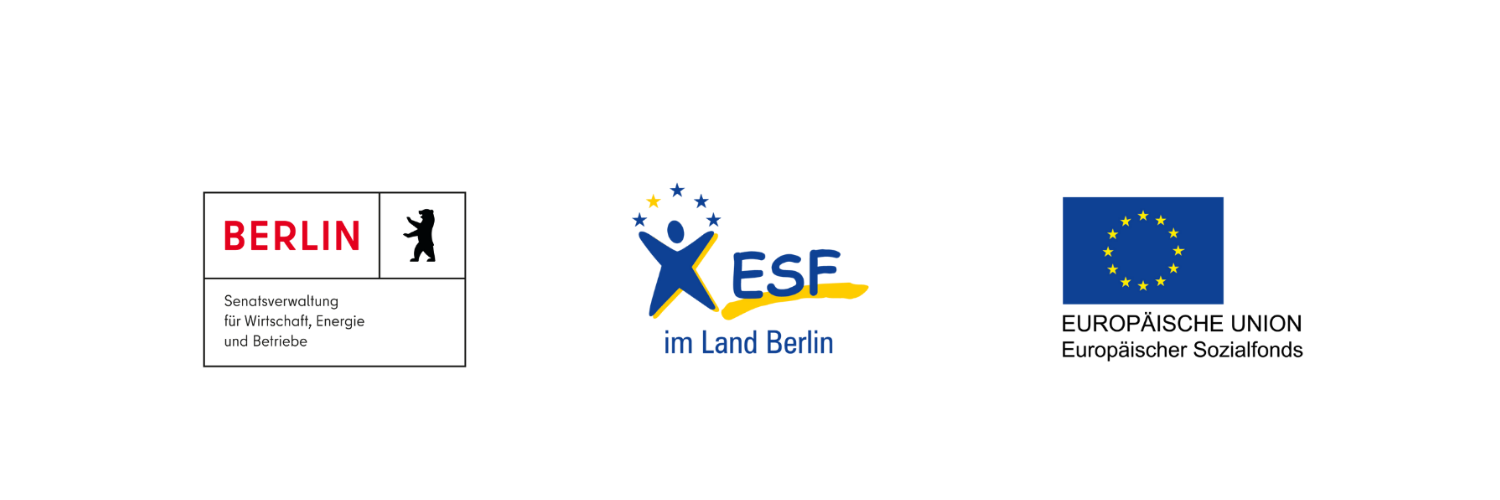The Future is Circular: How circular marketplaces transform material usage
Did you know that 70% of the green gas emissions are related to material production? (CGR)
Materials are created and used in almost every industry; from housing to manufactured goods, from mobility to construction. Circular marketplaces are playing a crucial role in the new economy by changing the way we use, manufacture and purpose materials and products. Circular marketplaces are widely recognised alongside second-hand marketplaces — yet circular marketplaces are not only limited to resale products. So what actually is a circular marketplace? Let’s have a look!

What is a circular marketplace?
To define the circular marketplace, we first need to define the circular economy. According to Korhonen, Nuur, Feldmann & Birkie (2018), a circular economy is an economic system of closed loops in which raw materials, components and products lose their value as little as possible — renewable energy sources are used and systems thinking is at its core. In a circular economy, goods and services are designed to prolong their lifecycle and subsequently their materials’, by reusing, regenerating, remanufacturing and recycling. In contrast, the linear economy is designed to be discarded when commodities reach the end of their lifecycle. The linear economy, also known as take-make-waste, is one of the primary causes of our generation’s battle with climate change, biodiversity loss and pollution.
Circular marketplaces, however, are online platforms that connect different stakeholders along a product’s lifecycle with each other to exchange goods and services, in an effort to increase resource utilisation and exchange at scale. The solutions in the marketplace may vary from refurbishment to repair, renting, leasing products or buying and selling used products and materials. The whole point is to maximise the product lifecycle before it is discarded as a waste.
Circular marketplaces vs traditional marketplaces
In the current linear economy, marketplaces rely heavily on mass production and mass consumption. The key driver for demand is usually the price of material, disregarding source or carbon footprint.
Unlike traditional marketplaces, circular marketplaces contribute to the products remaining longer in the current life cycle. Based on Accenture Strategy research, here are the key strategies:
- Sharing platforms are disrupting the ownership-based platforms by changing habits of the customers.
- Repairing and remanufacturing marketplaces extend the product’s life with new or existing customers.
- Recovery & recycling marketplaces decrease the volume of waste and save costs to fill the landfills.
- Product-as-a-Service (PaaS) platforms focus on usage based services. Companies not only offer the product itself but also additional services to repair or replace it.
Within the complex global supply chain system, circular marketplaces contribute to the journey of the materials from being raw to finished. It allows for transparency, of knowing where the materials are coming from or who or which parties are involved in the manufacturing process.
As in traditional marketplaces, circular marketplaces can work as customer to customer (C2C), business to business (B2B), business to customer (B2C) or customer to business (C2B). It can also be as in business to business to customer (B2B2C) where two businesses come together to develop mutually beneficial products or services for the customers.
Second hand marketplaces are playing a key role by saving 16.3 million tonnes of CO2 a year. (Schibsted). The fashion industry is a great example as a sector that is taking big strides towards circularity, with consumer awareness driving the demand for innovation. Fighting against fast fashion, second-hand marketplaces are highly popular in the modern fashion industry. Especially in C2C marketplaces, second-hand platforms are enabling buyers to generate an additional income and in effect, contribute to closing the loop.
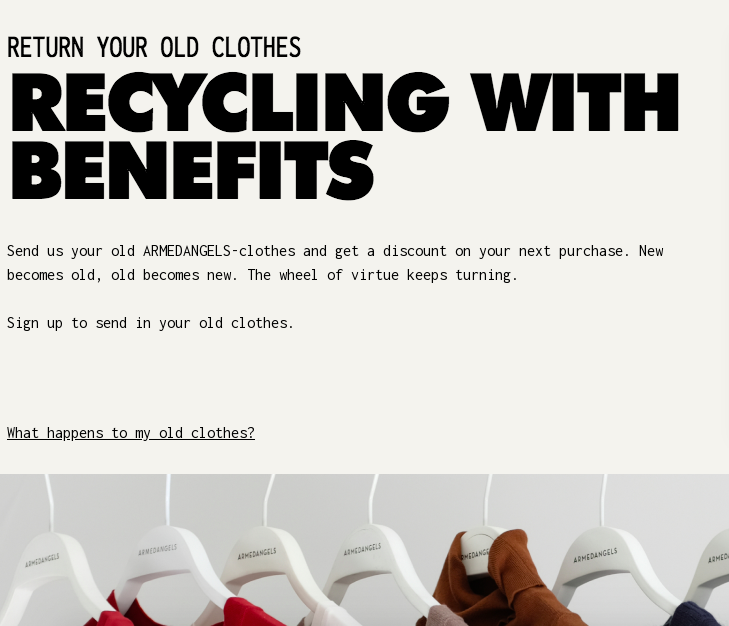
The disruption of the circular marketplaces: Startups at the frontline
We’ve seen many examples over the last few years that are shaping circular economy marketplaces. Vinted, a C2C online marketplace for second-hand shops now has over 75 million users. Grover, an online subscription platform for renting tech products, secured €1.3 billion with over 600 employees. Cirplus, a global marketplace for circular marketplace, is working towards a mission to make plastics 100% circular, raised €3.7 million. (LinkedIn)
In addition, with rising awareness and behavioural changes of consumers, more companies are now embracing circular economy models. It allows companies to rebrand themselves, reduce their storage costs and strengthen the loyalty with environmentally conscious customers. By reusing and redistributing they maximise the life cycle. Cologne-based fashion company Armedangels offers a resale platform for its customers to sell their preloved products. Armedangels also provide recycling services and offer a discount for customers’ next purchase.
Remanufacturing products or components for new usage with refurbishment or remanufacturing are also some of the key incentives for circular marketplaces. Repurposing recycled materials after end-consumption contributes to the recovery of by-products and waste reduction. Vienna based Refurbed is a marketplace for refurbished electronics. One of the fastest growing companies of Europe, Refurbed sells renewed phones, laptops, and tablets, and provides a 12-month guarantee.
Circular Marketplaces at Impact Hub Berlin
At Impact Hub Berlin, we support startups to thrive. Our Circular Together programme unlocks the potential of early stage and circular startups. We support circular businesses or teams that are focusing on circular solutions by putting partnerships at the core of the programme. Supported by the Berlin Startup Stipendium, Circular Together incubation provides one-on-mentoring, access to 24.000 of global community, tailored coaching as well as €2000 monthly stipend.
Now on the fourth batch of the programme, the Circular Together incubator hosts 14 startups and 23 impact entrepreneurs. The startups are focusing on diverse challenges where circularity is at the core of their solutions. Marketplaces are at the forefront of one of those challenges so let’s have a look at how they are solving it!
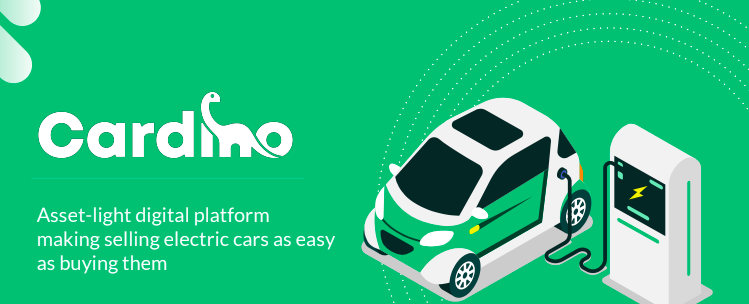
Cardino EV
Cardino is building a better secondary market for EVs. Selling a used electric vehicle (EV) does not often work; price estimation is broken, the journey is offline and can take a very long time. Cardino is building a digital platform that makes selling old electric cars as easy as buying them. It enables sellers and buyers to connect and trade on data and analytics.
✨ Unique Selling Proposition: Fast and fully digital processes with better price transparency.
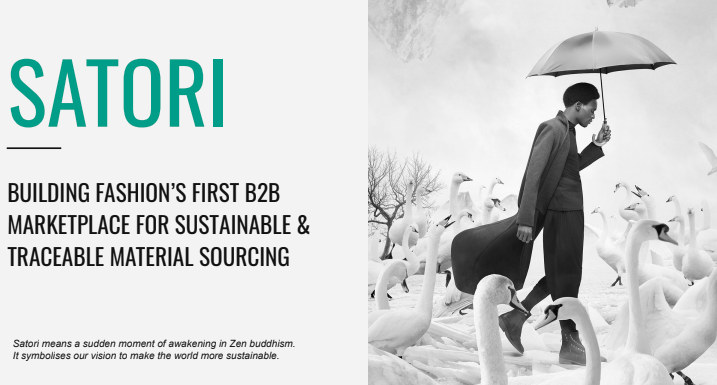
Satori.Earth
Satori.Earth is building fashion’s first B2B marketplace for sustainable and traceable materials.
Textile material sourcing more than a $300 billion market, but 99% happens offline — inefficient and intransparent with a lot of greenwashing risks, and produces $2.1 billion in carbon emissions. Satori.Earth is building a one-stop shop for sustainable material sourcing globally in fashion. The business model is based on a subscription service, wholesale commissions and add-on services.
✨ Unique Selling Proposition: Satori offers a wholesale and lead generation for material sellers through its global marketing platform; and offers fast sampling and traceable sustainable materials for the buyers.
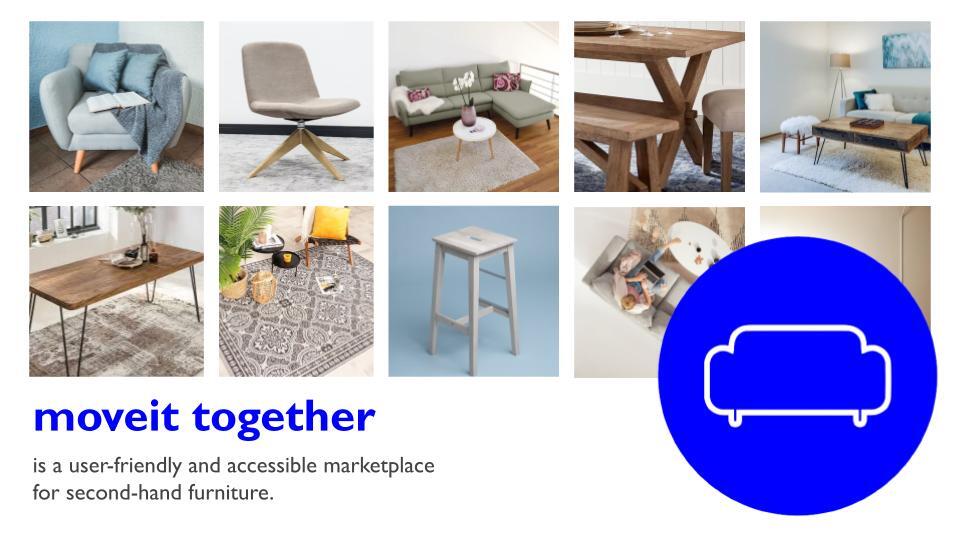
moveit together
The moveit together platform is a comprehensive marketplace for buying and reselling pre-owned furniture.
The company addresses the issue of furniture waste, which accounts for over 4% of the total municipal solid waste stream in the EU (2018). By easing the access to used furniture for both buyers and sellers, moveit together is fostering circular consumption patterns in the industry. The platform operates on a transaction-based business model, where a fee of 3% is applied to each successful sale. The co-founders, Merle and Antonia, bring a wealth of expertise in logistics, operations, marketing, and strategic partnerships to the venture.
✨Unique Selling Proposition: The platform's unique selling proposition is its emphasis on user experience. This experience is designed to be simple, secure and informative, providing customers with features such as convenient navigation, transportation opportunities and a safe transaction process.
Want to be part of the solution?
The circular economy represents a new mindset for economic, political and societal endeavours and circular marketplaces are needed to benefit from the full scale of the impact of the growing Circular Economy. At Impact Hub Berlin, we are on a mission to empower partners and startups on their journey towards circularity and are pretty confident that circular marketplaces are here to stay — turning demand on its head.
Partner with us:
💌 Interested in IHB activities: Subscribe to our newsletter
🌀 Interested in corporate innovation: Talk to our partnerships team
🚀 Interested in joining the next cohort: Get in touch with the Circular Together team
References:
- The Circularity Gap Report, 2023
- 5 opportunities of a circular economy, World Resource Institute, 2021
- Circular Business Models: Overcoming Barriers, Unleashing Potentials, 2020
- Digital platforms as marketplaces for the circular economy, Wuppertal Institute, 2019
- The road to circularity, Why circular economy is becoming the new normal, PwC, 2019
- Circular economy as an essentially contested concept, 2018
- 24 million jobs to open up in green economy, ILO, 2018
- Second-hand trade saved 16,3 million tons of greenhouse gas emissions, Swedish Environmental Research Institute, 2017
- The circular economy could unlock $4.5 trillion of economic growth, Accenture, 2015
